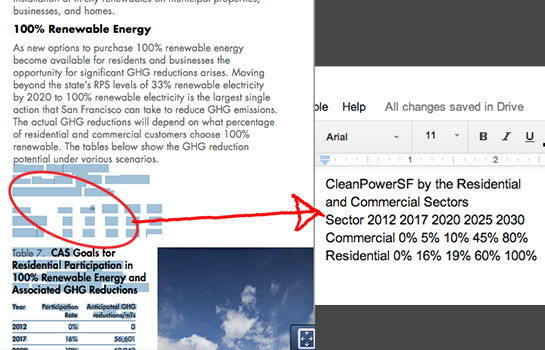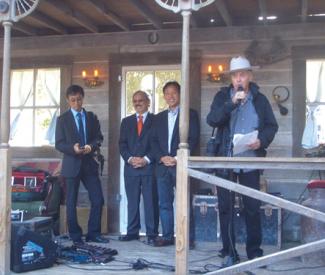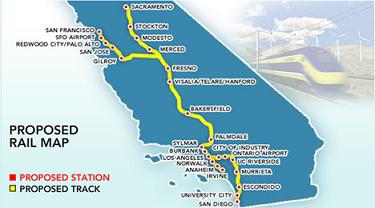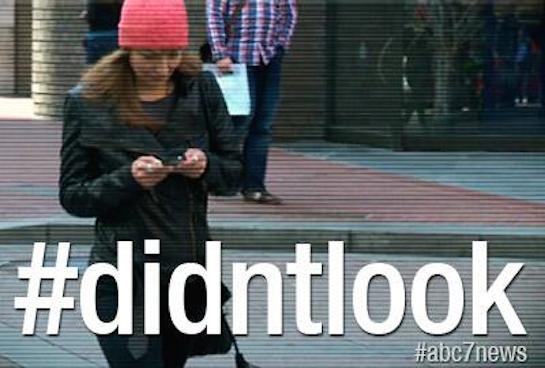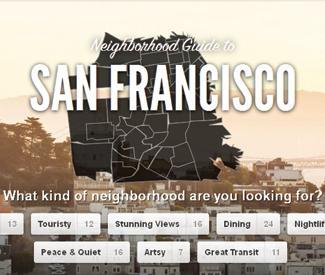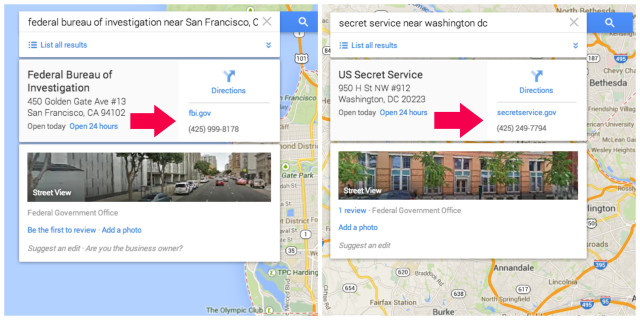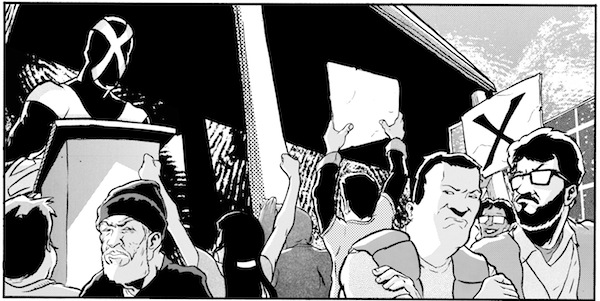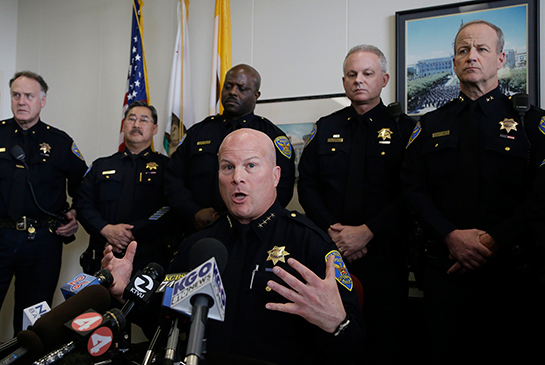Yesterday’s massive fire that destroyed a 172-unit market-rate housing complex that was near completion in China Basin got plenty of attention in mainstream and social media outlets — and only a little speculation as to how this fits into San Francisco’s aggressive push for new housing and its charged political debates about gentrification and displacement.
That’s probably appropriate for now, as is the praise being heaped on the San Francisco Fire Department for keeping the intense conflagration from jumping to nearby properties, including an affordable housing project being built by Mercy Housing right next door. With this morning’s warm air and steady winds, it’s easy to see how this fire could have gotten out of control.
Still, there was some early speculation on causes and comments on the more macro aspects of this fire, including this provocative Facebook post San Francisco Tenants Union head Ted Gullicksen made a couple hours after the fire started: “On the luxury housing under construction burning down today, let me just say that a sort of turning point during Dot Com One was when that began happening with the luxury lofts of that time.”
The implication that self-interested arson could have been the cause — and that this sort of thing has happened before — triggered a lively discussion, with some commenters cheering the setback in building more housing for the wealthy and others asking Gullicksen to offer more information.
He cited a fire on Mission Street during the last dot-com boom, while another remembered a building on Harrison being torched, and Gullicksen later had this comment: “Fire spread very quickly…they were already selling/renting stuff there…maybe demand wasn’t there for high rise housing in antiseptic South Beach.”
On the other end of the spectrum, some were speculating that an overzealous affordable housing advocate could be behind the blaze. As Douglas C. Perera wrote on Twitter, “Would it be too conspiratorial of me to suggest anti-gentrification arson is what incinerated the apartments in the #ChinaBasinFire?”
Clearly, this is all still in the realm of idle speculation, not actual accusations, but we nonetheless posed the question to the developer of the burned properties, BRE Properties, which had just put out a press release that noted, among other things, “We carry comprehensive insurance coverage for events such as this including hard cost replacement, soft costs and loss of revenue. We believe any losses to the Company caused by the fire should be covered by insurance and will not have a material effect on our financial condition, operating results, or pending merger transaction.”
BRE Partner Andrew Siegel responded to our inquiry by writing, “Please see BRE Properties’ press release, which says, ‘We are currently assessing the situation, including the cause of the fire, and we will be consulting with the appropriate authorities.’ No company comments on speculation, and BRE Properties declines further comment at this time.”
Drone-shot footage of the fire by Ross Barringer:
Meanwhile, Mayor Ed Lee, for whom the fire is a setback in reaching his already difficult goal of building 30,000 new housing units by 2020, issued the following statement, “On behalf of the residents of the City and County of San Francisco, I would like to thank Fire Chief Joanne Hayes White and the approximately 150 firefighters from several San Francisco Fire Stations who responded to what became a five-alarm fire in our Mission Bay neighborhood today. I am extremely grateful and relieved that no one sustained serious injuries during this very serious incident.
“Thanks to the leadership and determined action of our Fire Department, the very real potential of severe damage to other homes, businesses, and structures in the neighborhood was avoided.
“The Fire Department will continue to investigate the cause of the blaze and the City and the Red Cross will work closely with any displaced residents of nearby homes. I would like to encourage property owners and landlords to use the Good Samaritan temporary occupancy residential rent ordinance, to help those displaced so that they can more easily find temporary housing, if needed.
“Other city departments performed admirably, including the Police Department, the San Francisco Public Utilities Commission, Animal Care and Control, and the San Francisco Municipal Transportation Agency.”



